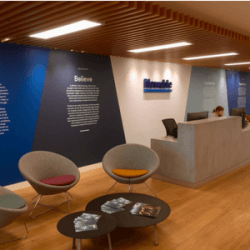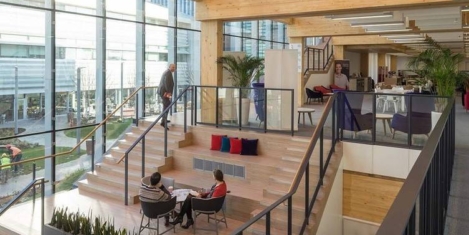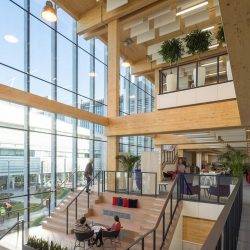October 23, 2018
Technical, social and legal challenges to deployment of wearables in buildings

While there is substantial potential for the deployment of wearables there are also significant technical, social and legal challenges. This is the conclusion of the latest white paper from BSRIA, ‘Wearables & wellbeing in buildings – the story so far’ which found little evidence of any practical solutions linking wearables to HVAC or building systems in general that were already in operation, apart from in “niche areas” such as wearable security fobs. A wearable is a device or an item of clothing which can be worn by a human, or possibly be carried as an implant, which has a degree of “intelligence” built into it and can potentially communicate with the Internet of Things (IoT), either directly or indirectly, for example via a Bluetooth connection to a smart phone. (more…)
































